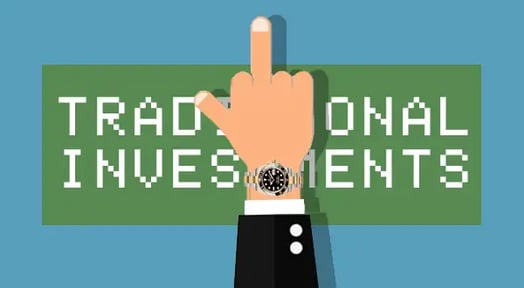Would you pay $18k for a watch? On its face, it seems absurd (you can get a Casio for $11!). But on the second-hand, that watch could also be worth $75k 7 years later — and now it doesn’t seem so cuckoo to buy that clock after all…

Since real estate’s a roller coaster and crypto is crazy, the market for high-end wrist candy has become one to watch.
It’s a weird new world: Old people no longer wear Rolexes to make others feel less-than in public — instead, young people share their Rolexes on Twitter and Bumble to make others feel less-than online.
The new a-wrist-ocracy
Wealthy watch owners have long collected vintage tickers to evoke retro wristwear (Paul Newman’s wristwatch recently sold for $17.8m in 12 minutes).
But thanks to watch startups like Worn and Wound, many young investors don’t see luxury watches as classy collectibles, but as gram-worthy investments.
“Buying a good vintage Rolex is just like purchasing stock in a company like Nestlé or Google,” Shahien Hendizadeh, a 25-year-old recent business school graduate, told The New York Times. “It’s the quintessential blue chip.”
Not exactly clockwork
Watch values often do fluctuate like stock prices: The price of Rolex GMT-Masters increased from $8k to $16k in 3 years, and the value of a vintage Compax watch recently rose from $2.8k to $45k before cooling back down to $30k.
Some have gone so far as to invest in vintage watches as an alternative to a 401(k) — “It was much more practical to invest regularly in watches that I know about rather than the stock market that I know absolutely nothing about,” watch-lover Matt Hranek explained to The Times.
High wrist, high reward
Like other potentially high-yield investments, watch markets have a risky time-table: Investors who wear their wealth long enough will likely see their fortunes fall by 30-40%.
But the watch world even offers investors a way to diversify their portfolios: The Watch Fund offers investors a chance to invest in vintage watches at discount prices — the company has delivered double-digit returns each year since launching in 2013.

